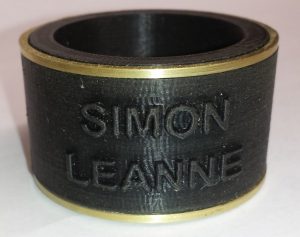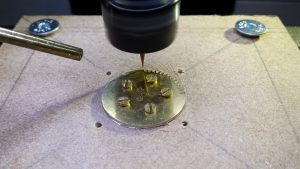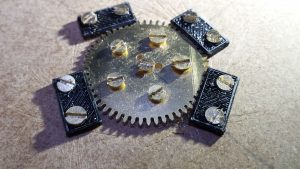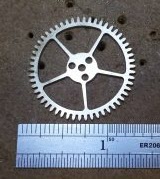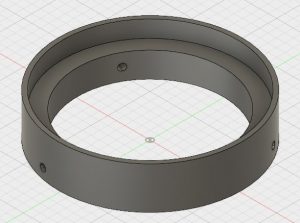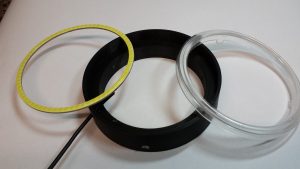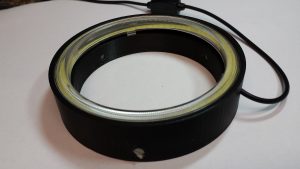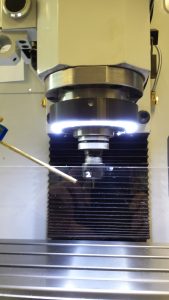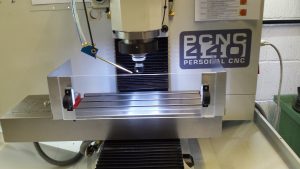My close friend in France also has a Sindoh 3DWOX DP200 3D printer. We bought them at a similar time. He has probably been a busier user of the machine. He has designed and making a very complex camera mount for tracking celestial objects. He is using an Arduino as the controller and has never written code before. He is having fun and keeping his brain stimulated.
A few weeks ago he reported that the raft that the machine was laying down before printing objects was not uniform and had ‘holes’ in it. The result was that the PLA being extruded for the object being printed, would droop down into the void in the raft and spoil the finish of the object while also making it hard to separate from the raft afterwards.
We swapped ideas remotely about what might be the cause and tried various tests and experiments but to no avail.
As it happened a few days ago we were travelling down into France and calling in to see him for lunch so I had a chance to see the problem first hand. More head scratching until …. I had the printer bed in my hand near the window and the sunlight caught the surface of the plastic laminated to the metal bed. My eye caught a slight bubble in the plastic surface where the adhesive bonding the plastic to the metal had presumably parted company. This was the problem ! The air bubble, small though it was, was causing a discontinuity in the bed temperature profile leading to the PLA not flowing from the nozzle correctly.
We ran a print and put the object on a different area of the bed where there was no bubbling or scratches and the raft and the print were good.
New bed plate ordered ….
Similar or related subjects : –
- Qidi Slicer auto support error on my part
- Qidi X Smart 3 revised fan installation
- Qidi X Smart 3 tweaks
- Qidi X Smart 3 special weekend pricing
- Stop losing Qidi ifast 3D prints down the chamber front gap
- Fitting a Bento air filter to a Qidi ifast 3D printer
- 3D Printed Brass Threaded Insert Soldering Iron Stand
- eSUN filament reel silica drying pod
- Sindoh 3DWOX filament feed upgrade
- Sindoh DP200 conversion to Open Material

